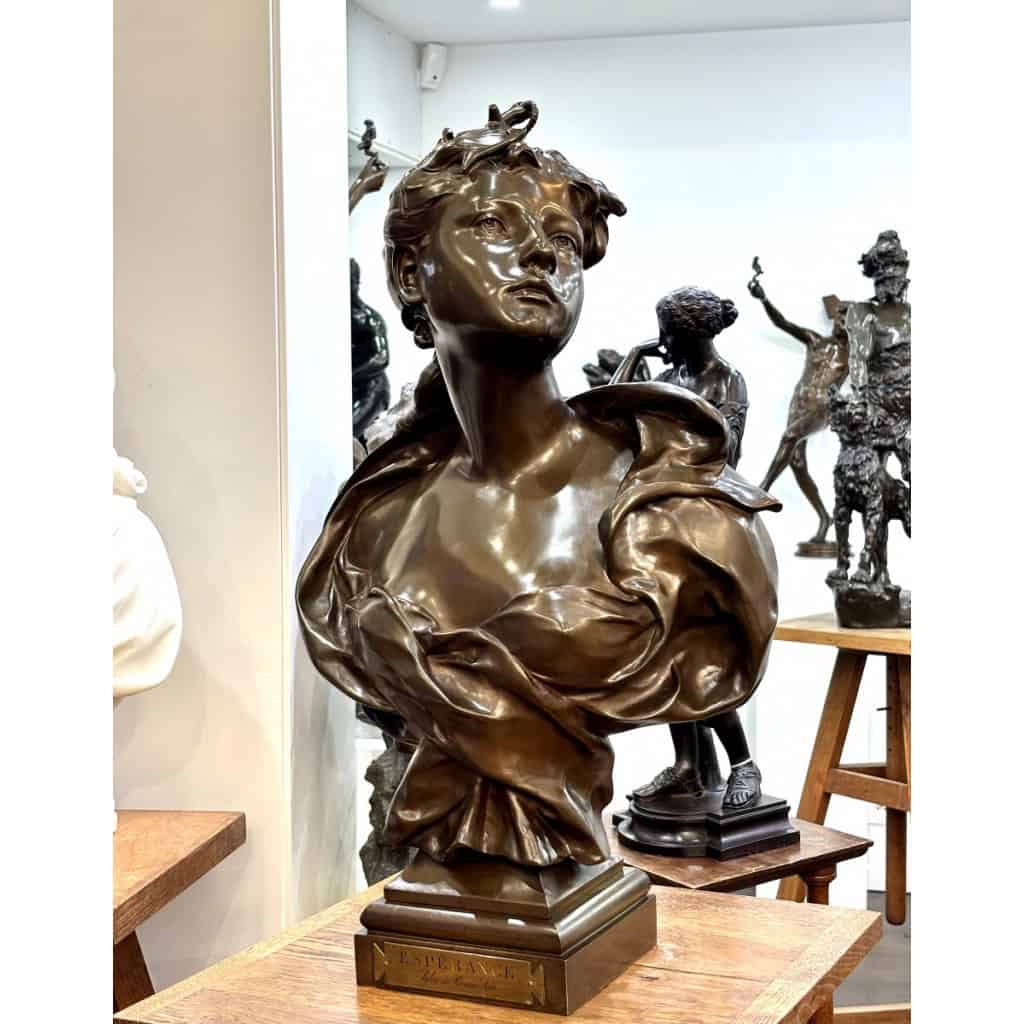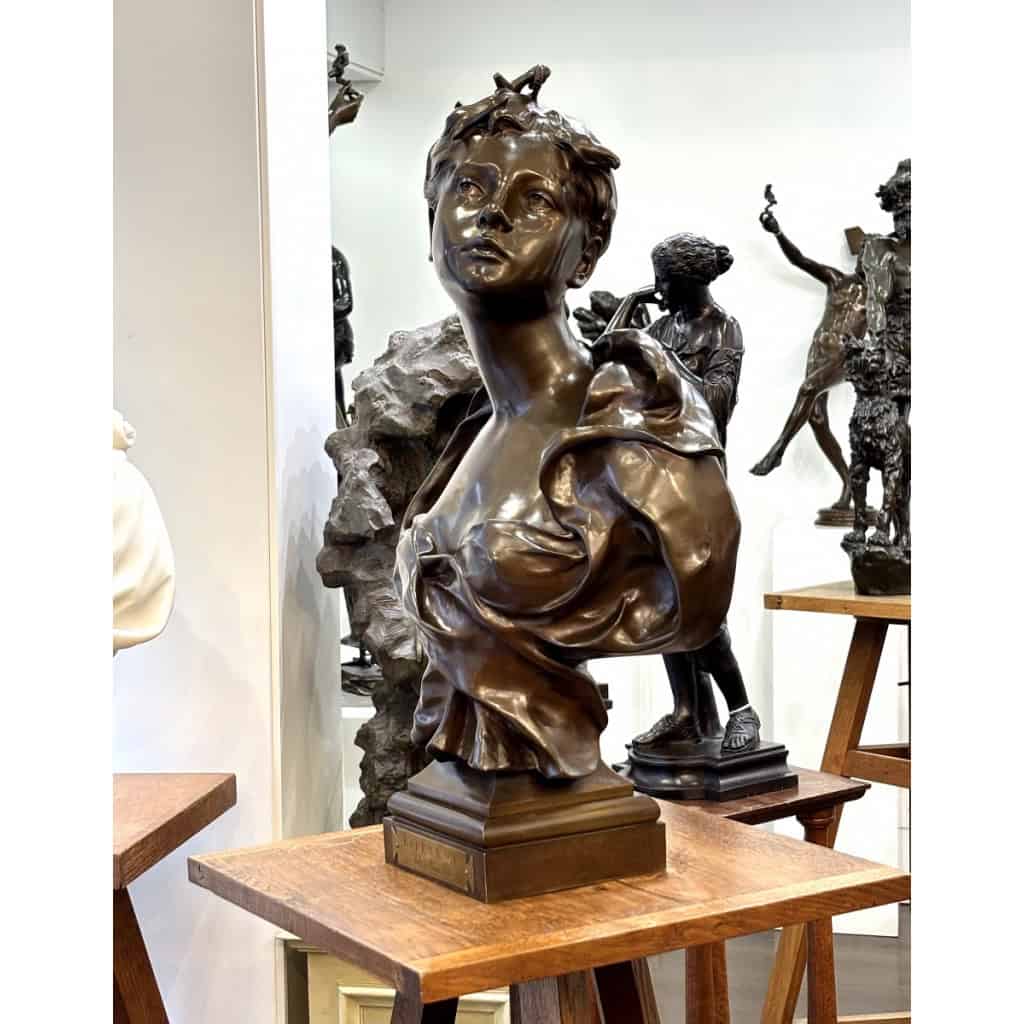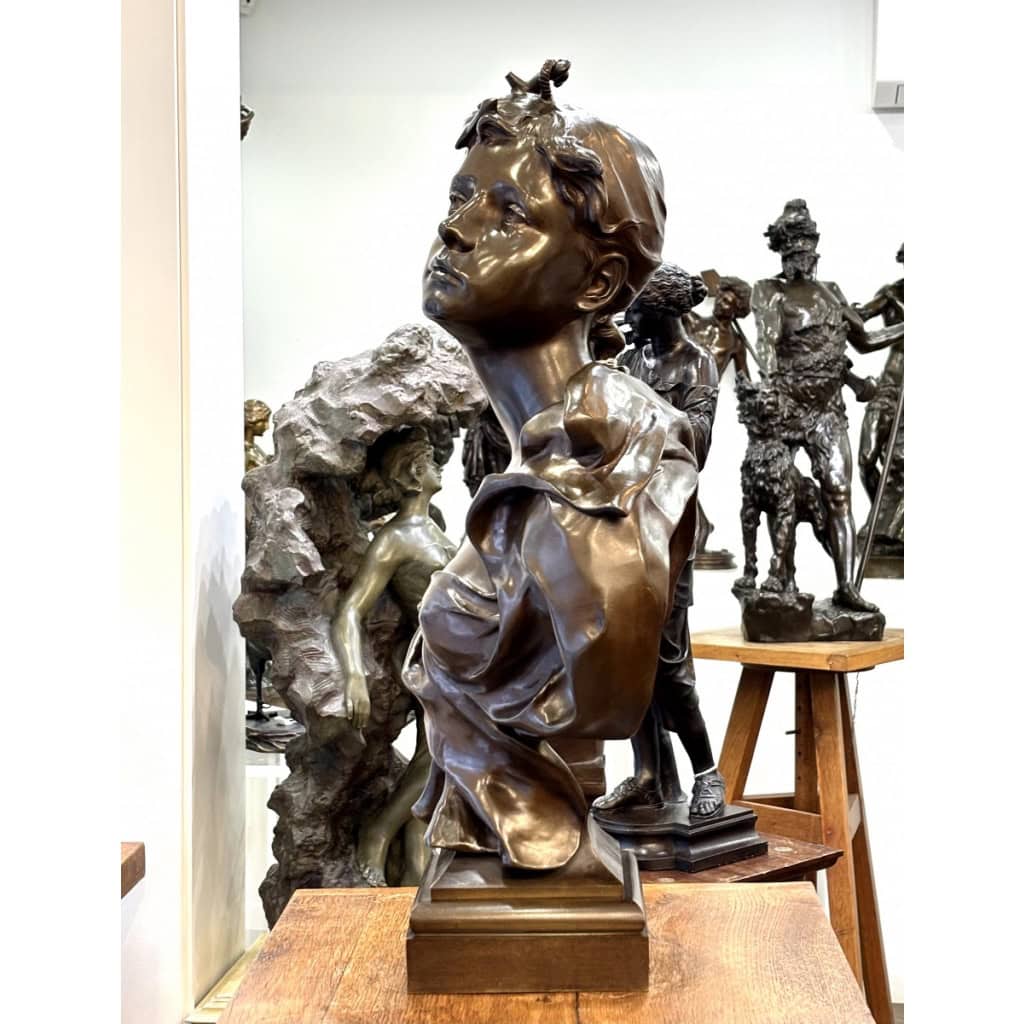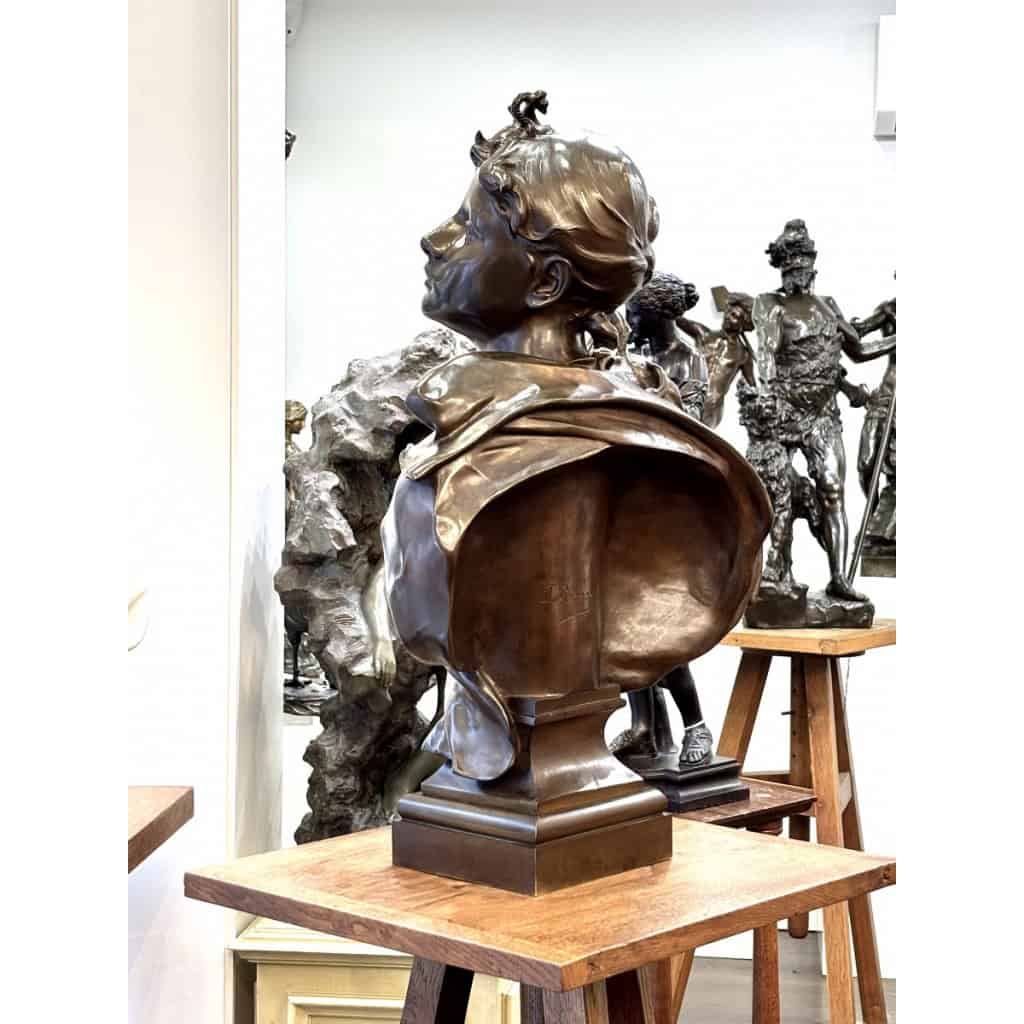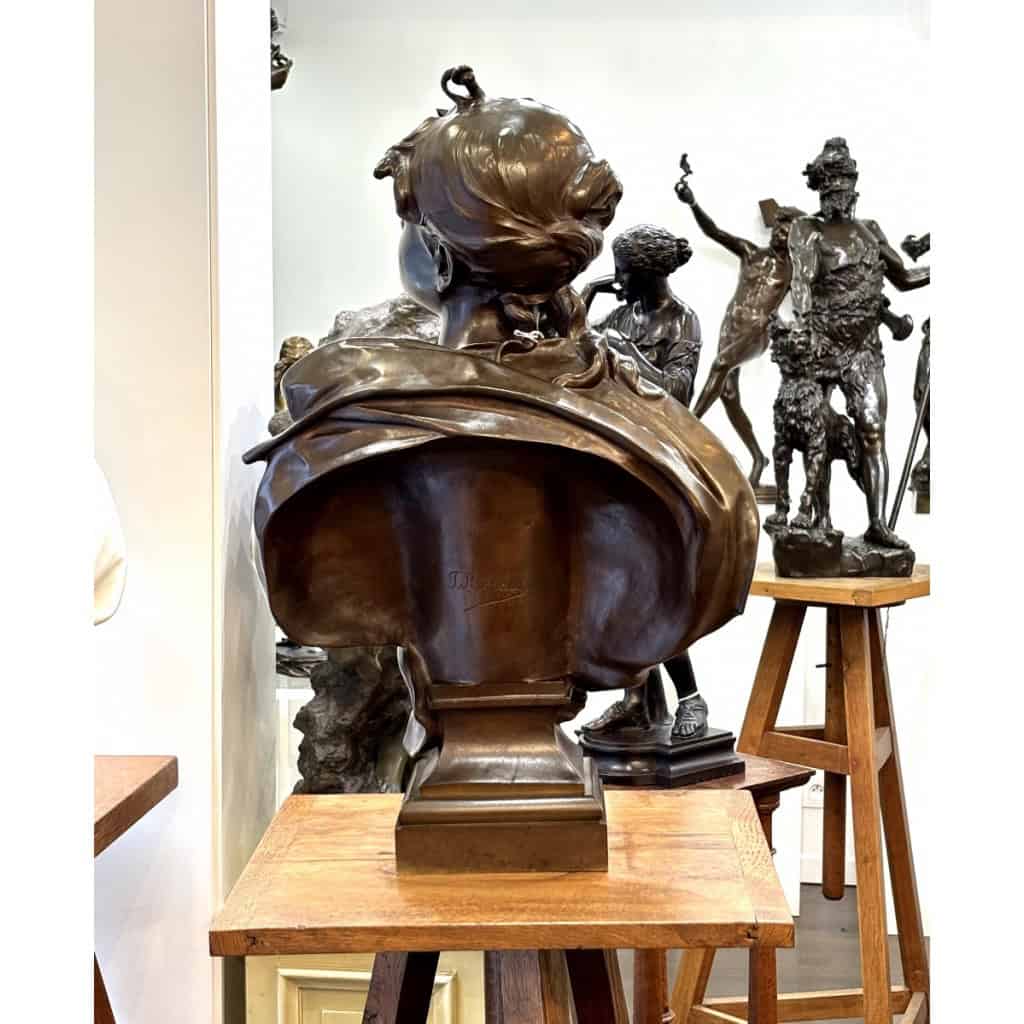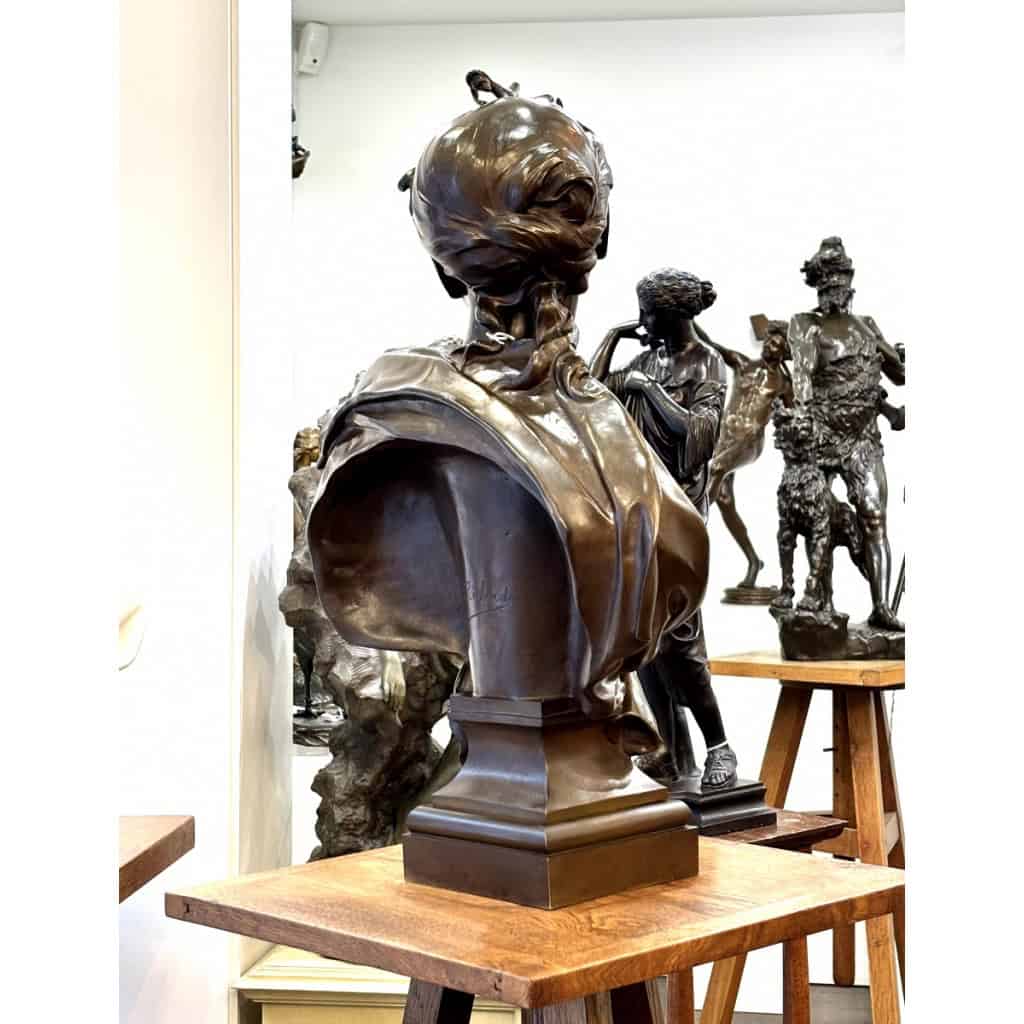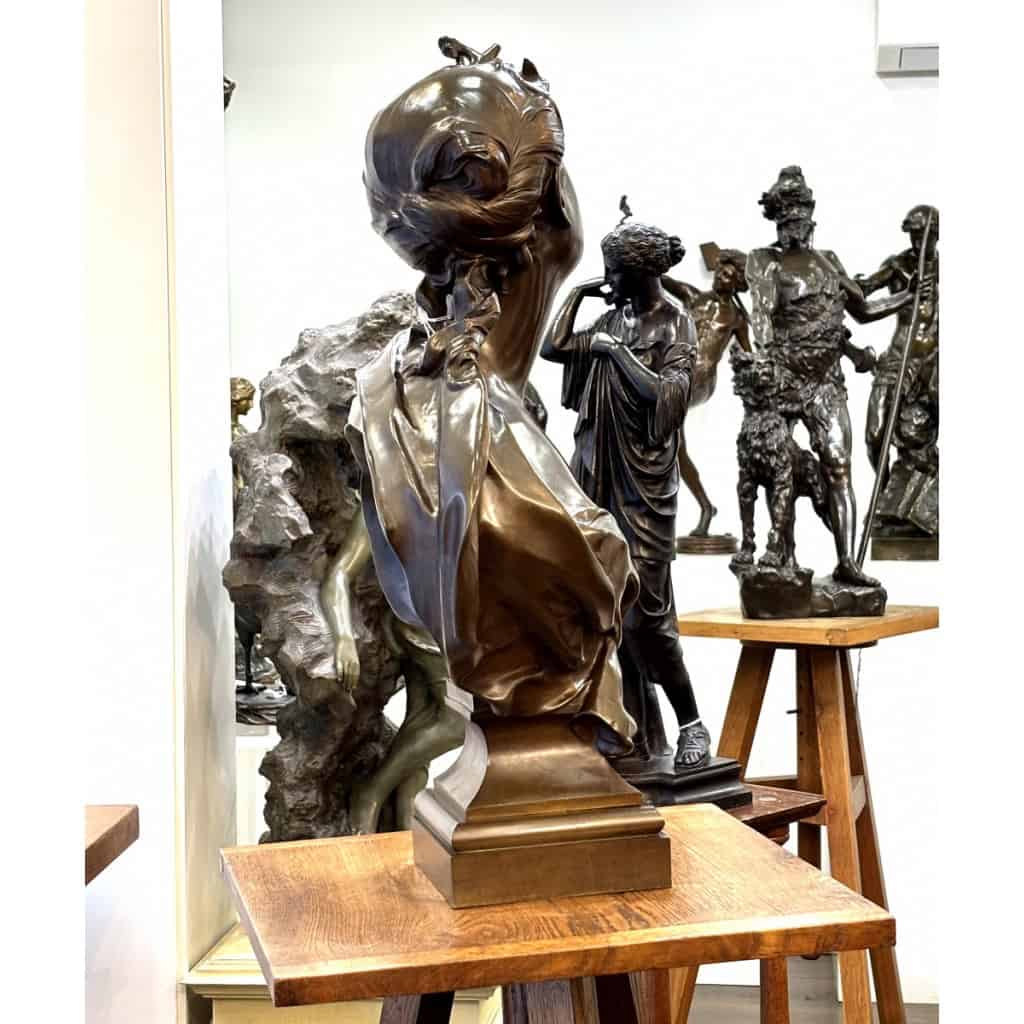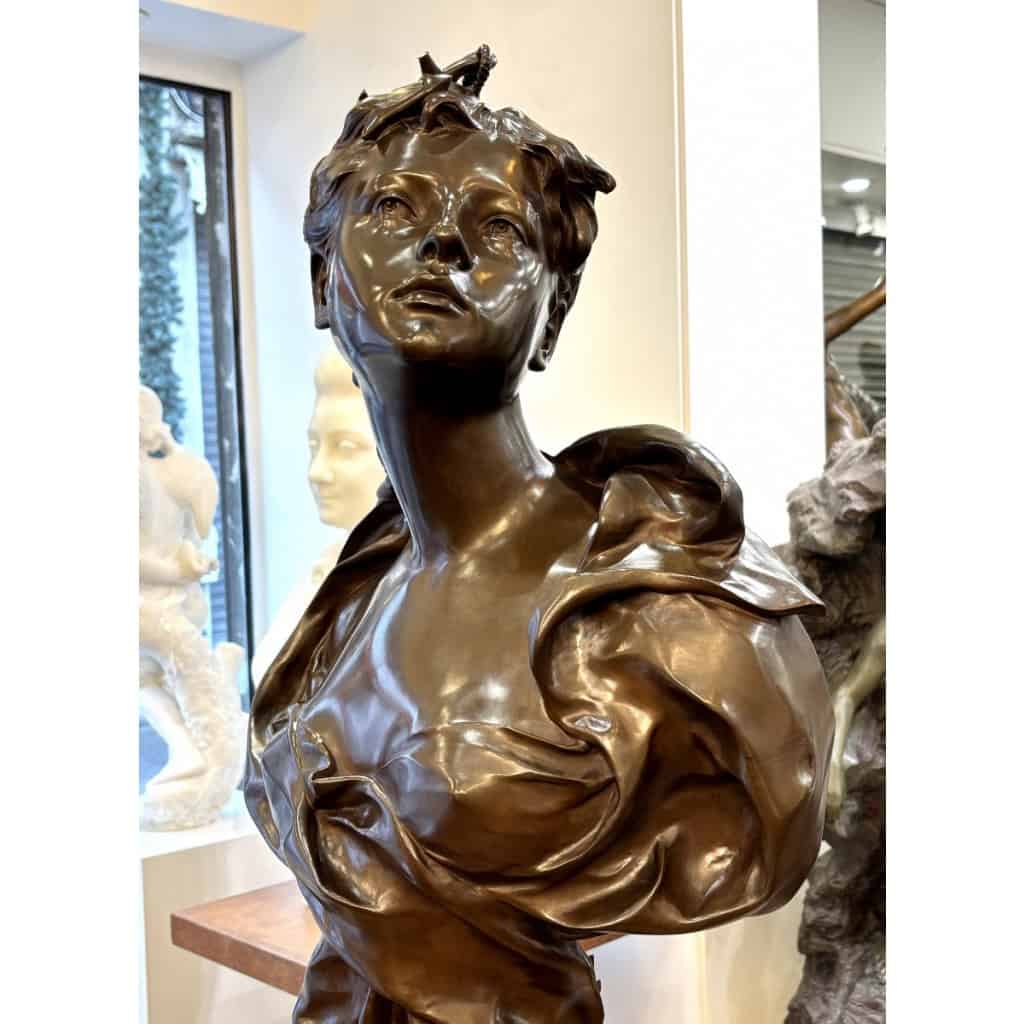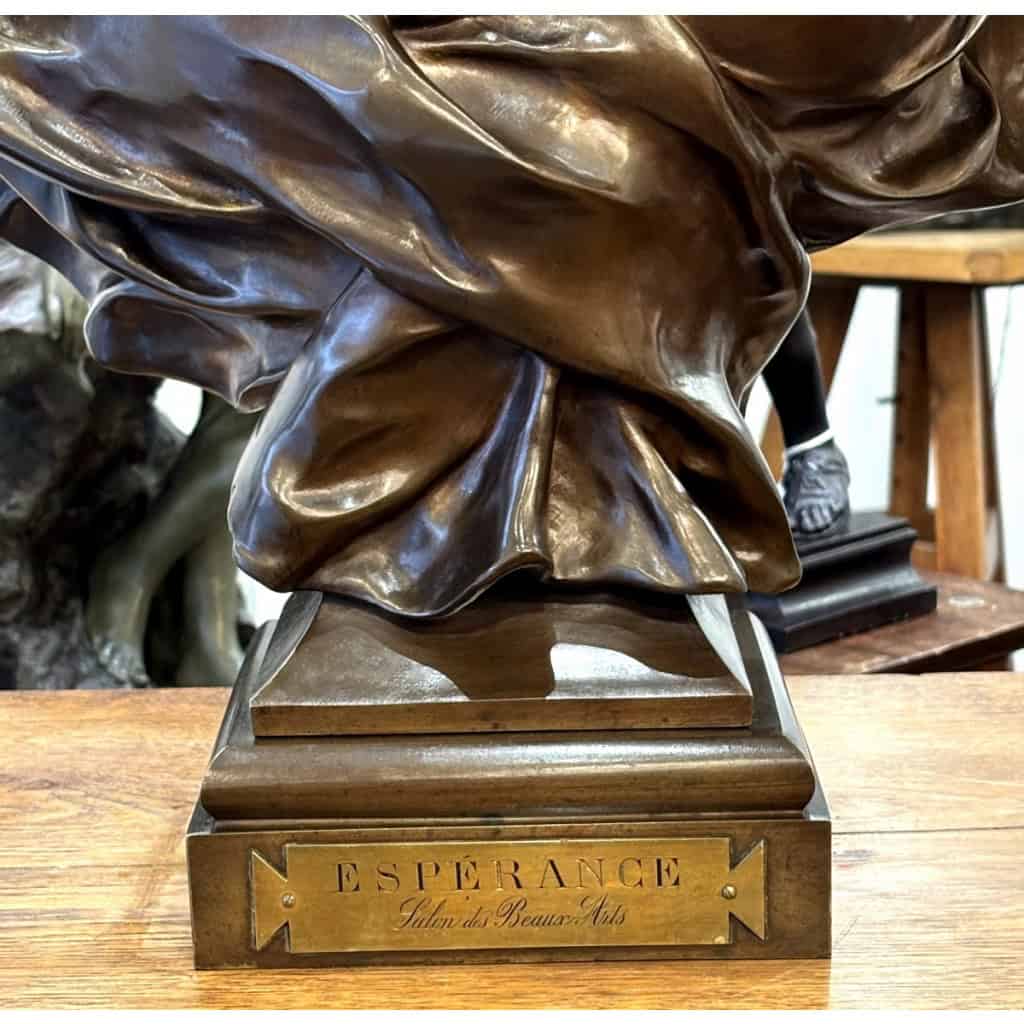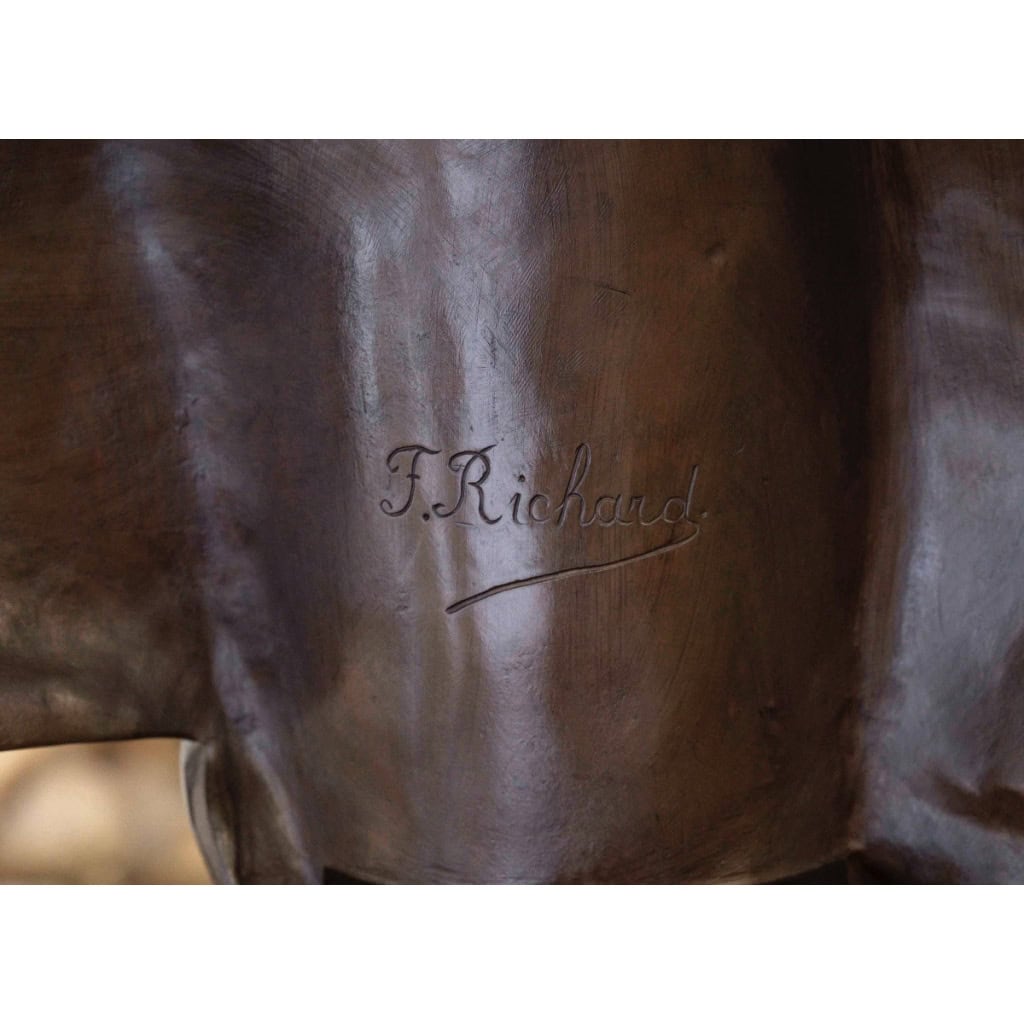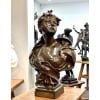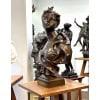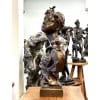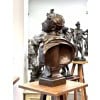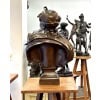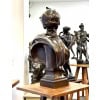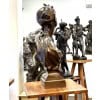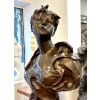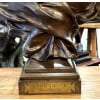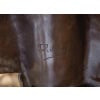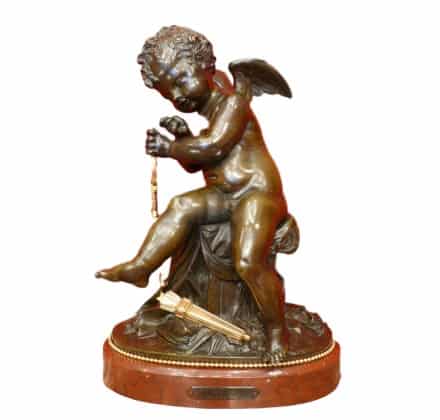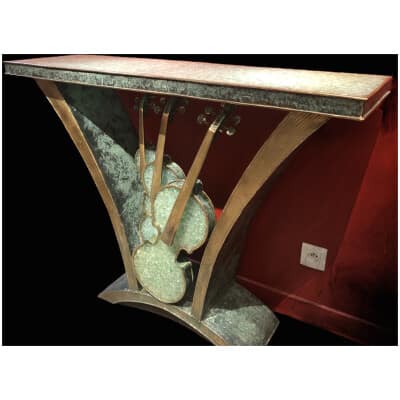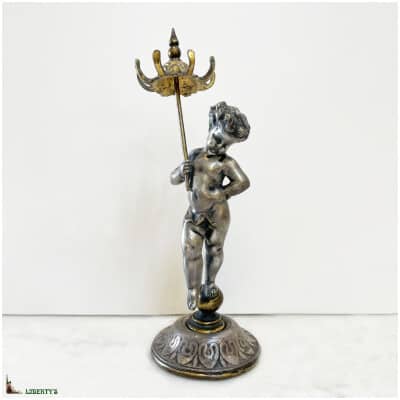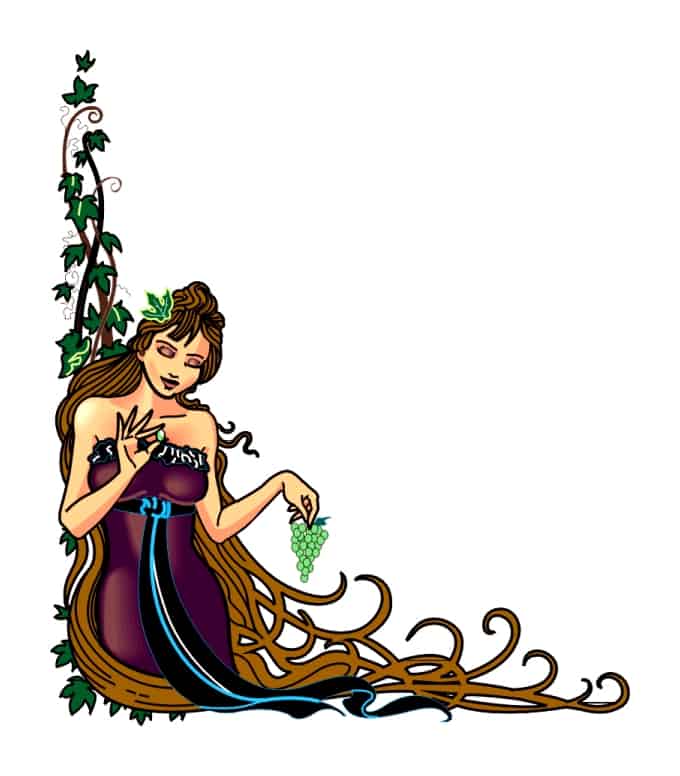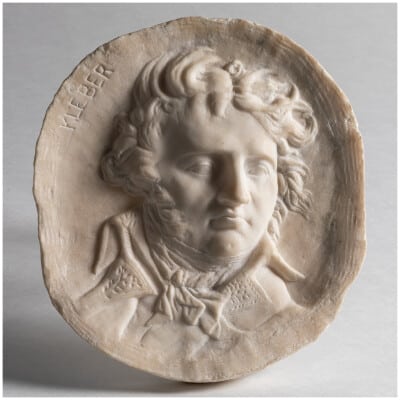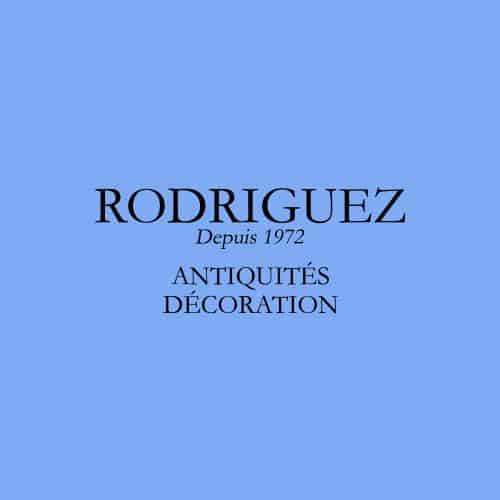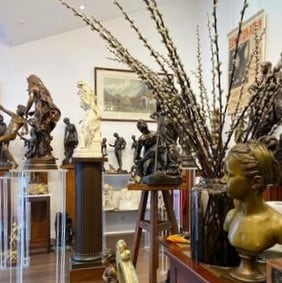
CaTaLogUE Des PucEs
Sculpture – ÉSPÉRANCE , Félix Pierre Richard (1848-1912) – Bronze
Disponibilité :
EN STOCK€4.800,00
Important et majestueux buste en bronze à patine brune , représentant une allégorie de l’espérance , par le sculpteur Félix Pierre Richard (1848-1912) .
La femme est représentée la tête légèrement tournée , regardant paisiblement vers l’horizon .
Une ancre , symbole d’éspérance , repose sur sa tête .
Elle porte une robe croisée , laissant apparaitre son décolleté , ce qui renvoie à la sensualité féminine . Les plis du drapé rehaussent le coté sophistiqué de la robe .
« L’ Espérance » a d’ordinaire l’ancre comme symbole , car cette masse qui retient le bateau malgré l’agitation de la mer symbolise la stabilité et l’assurance . Cette vertue permet à l’homme qui vacille , d’échapper aux remous de l’existence . La forme de l’ancre la rapproche aussi de la croix .
Buste titré « ÉSPÉRANCE Salon Des Beaux-Arts » , dans un cartouche en bronze doré .
Signature du sculpteur « F.Richard » en creux , au dos du buste .
Sculpture d’édition ancienne , période seconde partie du XIXème siècle .
Parfait état de conservation et de patine .
Dimensions : 67 cm x 45 cm x 17.5 cm
Important and majestic bronze bust with brown patina , representing an allegory of hope , by the sculptor Felix Pierre Richard (1848-1912) .
The woman is represented with her head slightly turned , looking peacefully towards the horizon .
An anchor , symbol of hope , rests on her head , she wears a crossed dress revealing her neckline which refers to feminine sensuality ; the folds of the drape enhance the sophisticated side of the dress .
« Hope » usually has the anchor as a symbol , because this mass which holds the boat despite the agitation of the sea symbolizes stability and assurance . This virtue allows the man who is wavering to escape the turmoil of existence . The shape of the anchor also brings it closer to the cross .
Bust titled « ESPÉRANCE Salon Des Beaux-Arts » , in a gilded bronze cartouche .
Signature of the sculptor « F.Richard » hollow , on the back of the bust .
Old edition sculpture , period second part of the 19th century .
Perfect state of conservation and patina .
Dimensions : 67 cm x 45 cm x 17.5 cm

Félix Pierre Richard (1848-1912)
Felix Pierre Richard est un sculpteur français , né a la Tronche , près de Grenoble , le 28 novembre 1848 .
Il commence sont apprentissage auprès des sculpteurs François Jouffroy (1806-1882) et Jean-Baptiste Carpeaux (1827-1875) .
Il exposa en 1890 à l’Exposition Universelle , ou il obtient une « Mention Honorable » .
Il est l’auteur du buste en marbre de « Monseigneur Laurencin » , à l’église de la Tronche .
Connu pour ses sculptures figuratives en bronze et en terre cuite , il affectionnait particulièrement les représentations de femmes .
Félix Pierre Richard rejète les contraintes des moeurs de son époque et du réalisme dans ses portraits féminins , la composition souvent asymétrique et décalée à pour but de magnifiée la »Femme » .
Il les représente dans des formes extrêmement idéalisées , féminines et séduisantes .
Les couleurs de ses patines et l’ornementation de ses oeuvres s’inspirent souvent de la faune et de la flore .
Felix Pierre Richard (1848-1912)
Felix Pierre Richard is a French sculptor , born in La Tronche , near Grenoble , on November 28 , 1848 .
He began his apprenticeship with the sculptors François Jouffroy (1806-1882) and Jean-Baptiste Carpeaux (1827-1875) .
He exhibited in 1890 at the Universal Exhibition , where he obtained an « Honorable Mention » .
He is the author of the marble bust of « Monseigneur Laurencin » in the church of La Tronche .
Known for his figurative sculptures in bronze and terracotta , he was particularly fond of representations of women .
Felix Pierre Richard rejects the constraints of the morals of his time and of realism in his female portraits , the often asymmetrical and offbeat composition aims to glorify the « Woman ».
He represents them in extremely idealized , feminine and seductive forms .
The colors of his patinas and the ornamentation of his works are often inspired by fauna and flora .
Disponibilité :
EN STOCK| Lieux | |
|---|---|
| Siècle | |
| Style | |
| Type d'Objet |
Partagez cette fiche :
Produits similaires
-
Luxe
MOREAU Mathurin Bronze Ancien Original Signé XIXème Siècle Maternité Jeune Femme avec son enfant
€3.800,00 -
-
Montres
Sujet bronze argenté angelot avec ombrelle porte montre, signé L.Kley, haut. 16.5 cm (Fin XIXe)
€390,00 -
Objets de Collections
D’après David d’Angers (1788-1856), « Kleber », médaillon en marbre, XIXe
€1.500,00

